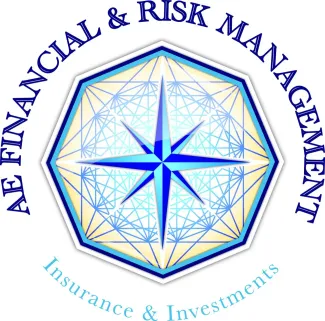
Ghada Elnajjar
Ghada Elnajjar is the Director of Operations at AE Financial & Risk Management, Inc. She assists in managing and running the day to day affairs of the firm. Elnajjar is responsible for the firm's daily acquisition, reconciliation, and aggregation of client data. She posseses both strong subject matter and business management expertise within the risk management industry.
Elnajjar has extensive experience in diverse fields including the public and private sectors, as well as non-profit organizations. She has a proven track record of positively impacting efficiency within organizations. Her areas of expertise include communications, identifying niche markets, developing marketing programs, strategic planning, project management, and client relations. Prior to joining AE Financial & Risk Management, Inc., Elnajjar was a Registered Representative at John Hancock Financial Services.

